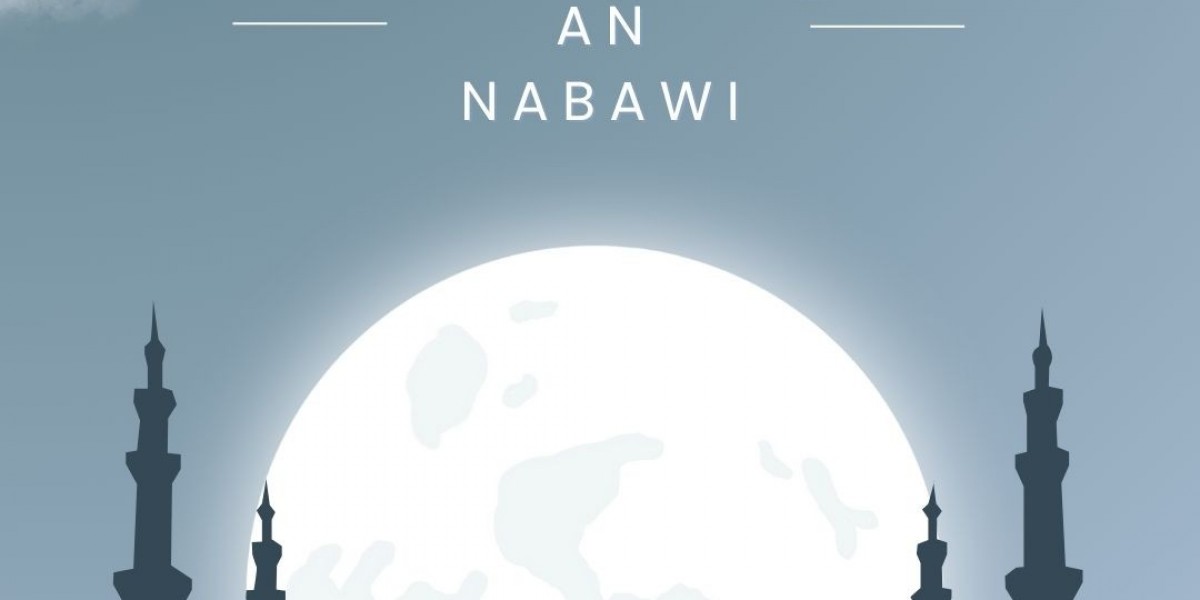Al Masjid an Nabawi, also known as the Prophet’s Mosque, holds a place of unmatched reverence in the hearts of Muslims worldwide. Located in the holy city of Madinah, Saudi Arabia, it is the second holiest site in Islam after Masjid al-Haram in Makkah. Every year, millions of visitors from across the globe make a call for Umrah or Hajj, longing to step into this sacred sanctuary. Here are some of the most captivating facts about Al Masjid an Nabawi that make it truly unique.
1. Built by the Prophet Muhammad (ﷺ) Himself
One of the most profound facts is that the original structure of Masjid Nabawi was built in 622 CE by Prophet Muhammad (ﷺ) and his companions, shortly after his migration (Hijrah) from Makkah to Madinah. The mosque began as a humble structure with palm trunks as pillars and a roof made of palm leaves.
2. The Resting Place of the Prophet (ﷺ)
The Prophet’s Mosque is not just a place of prayer—it’s also the burial site of Prophet Muhammad (ﷺ). His tomb lies under the iconic Green Dome, alongside the graves of his closest companions, Abu Bakr al-Siddiq (RA) and Umar ibn al-Khattab (RA).
3. Home to the Sacred Rawdah
The Rawdah, located between the Prophet’s minbar (pulpit) and his blessed tomb, is described as a garden from the gardens of Paradise. Visiting and praying in this area is a cherished goal for pilgrims, as it’s believed that supplications made there are especially accepted.
4. The Iconic Green Dome
The Green Dome is perhaps the most recognized feature of Masjid Nabawi. Originally built in the late 13th century, it was later painted green in 1837 and has since become a universal symbol of Madinah.
5. State-of-the-Art Expansion and Facilities
From its modest beginnings, Masjid Nabawi has grown into a marvel of modern architecture and Islamic heritage. Today, it covers more than 400,000 square meters and can accommodate over a million worshippers at once. The mosque features retractable roofs, underground parking, and air-conditioning systems designed for comfort during peak pilgrimage seasons.
6. The White Marble Courtyard
The vast courtyard surrounding the mosque is paved with heat-resistant white marble, which remains cool even under the scorching desert sun. Giant umbrella-like canopies open during the day to shield worshippers and close at night, adding to the mosque’s serene beauty.
7. A Place of Ongoing Charity and Service
Masjid Nabawi operates around the clock, offering free Zamzam water, organized prayer spaces, and services for the elderly and disabled. It stands as a beacon of Islamic unity and generosity.
Why These Facts Inspire a Call for Umrah
For Muslims, visiting Al Masjid an Nabawi is a deeply spiritual experience. Though it’s not a compulsory part of Umrah, many pilgrims choose to travel to Madinah before or after performing Umrah to pray in the Prophet’s Mosque, visit the Rawdah, and send salutations to the Prophet.
Every brick and courtyard of Masjid Nabawi tells a story of faith, sacrifice, and devotion. These remarkable facts about Al Masjid an Nabawi not only enhance our knowledge but also deepen our yearning to be among its blessed visitors.









